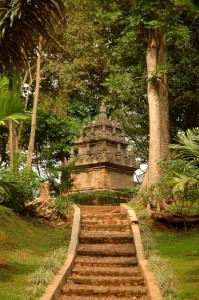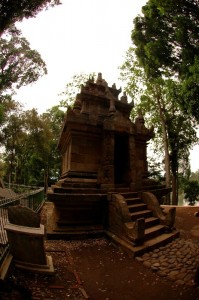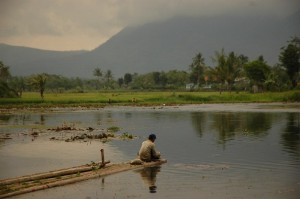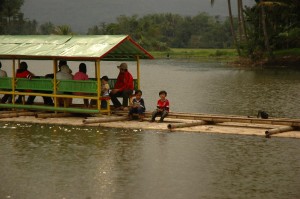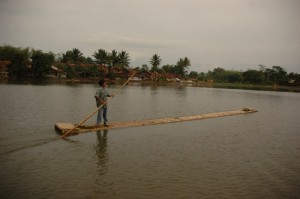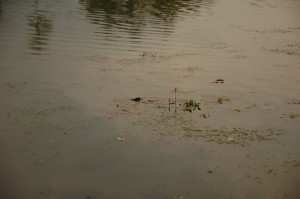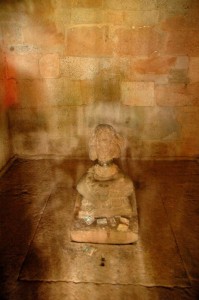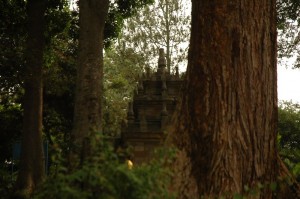A Visit to Candi Cangkuang

Astronomy in Pecha-Kucha Night #7 Bandung
November 21, 2009
Festival Sains Antariksa 2009
November 30, 2009Two days ago, during the Eid al-Adha, the Muslim “Festival of Sacrifice”, i went to Candi Cangkuang, the only candi (ancient temple) that well preserved in West Java Province. This candi lies near the Garut town, about 50 km from Bandung. To reach the location, visitors should follow the main-road between Bandung-Garut, once reach the district of Leles, in the alun-alun (square) of district, can continue, either by car or delman (horsecar) to the site.
Rediscovered in 1966, after buried for centuries, the experts conclude that this candi is the evidence of the existence of Hinduism in the area, built in the 8th century, long before Islam arrived. The name Cangkuang itself derived from the kind of plant (Pandanus Furcatus), also as the name of the village surrounding the site.
As in Hinduism tradition, this candi represents the Holly Mount Meru, in the middle of the ocean, surrounded by mountains; so does Candi Cangkuang reside in the middle of the lake, surrounded by mountain Haruman (north-east), Pasir Kadaleman (south-east), Pasir Gadung (south), Guntur (south-west), Malang (west), Mandalawangi (west) & Kaledong (east). To reach the destination, one should take a raft to cross the lake.
Along the way, we will see teratai (nymphaea) on the lake. Candi Cangkuang is only small in size (compared to Prambanan, which also a Hindu temple), around 4 x 4 x 10 meters. With only one ‘door’ facing north, and one statue of Shiva inside.
Eventhough today the people in the area are Muslim in religion, but the preservation of this Hindu temple, makes this place worth a visit, either as spiritual pilgrim, or cultural journey, or simply natural visitation.

